Well it’s not often there is controversy in the acrylic pouring circles, but this technique and the lady who took claim of it certainly caused ripples through a lot of the chat groups. Today I hope things have all settled down by now and I can safely post my own video of attempting this technique without being attacked.
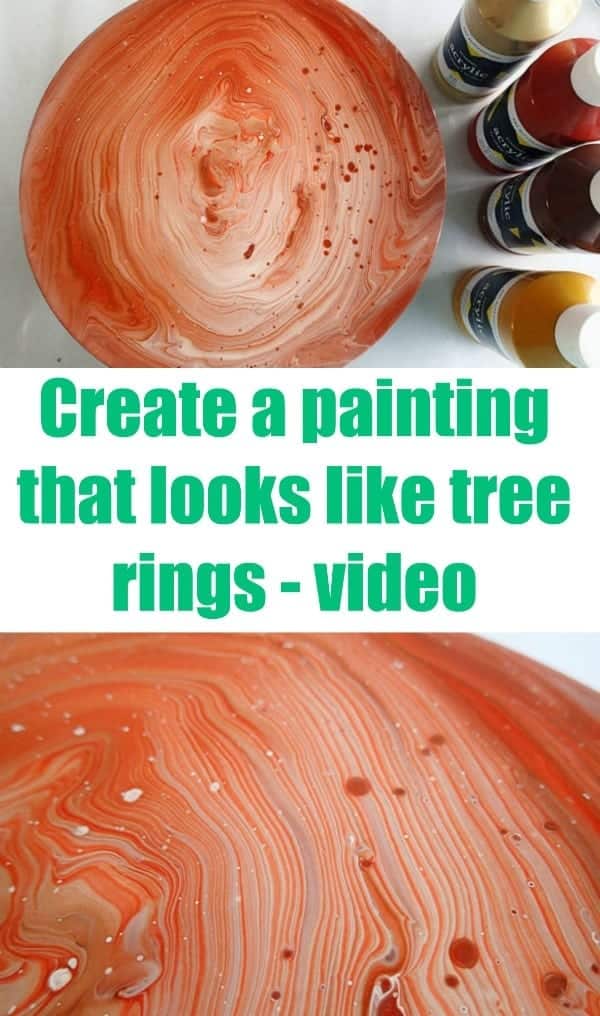
I’m going to use natural and earthy looking colors and pour my swirl on a vinyl record to hopefully (fingers crossed) create a pour that actually does look similar to the rings of a tree. I have found that stretching out the rings and making the paint nice and thin accentuates the ring featured of this type of swirl pour so I’ll be trying to use a minimal amount of paint and stretch it out to cover the record.
Materials used in this painting:
Art Alternatives colors in titanium white, yellow ochre, burnt sienna, burnt umber and gold
A vinyl LP record
Floetrol
Avery round label to cover the hole
Small plastic jug with spout
Recipe:
All the paints are mixed 1 part Floetrol to 2 parts paint plus water as needed for consistency. No silicone oil is added to any of the paints.
I am calling that one a success. The center wasn’t perfect and even more so once I had stuck my big finger in to, but once stretched out it doesn’t look too dissimilar to knots that you might get in wood. Same with the small cells, they can look like knots in the wood.
I’m really happy with it. It will make a great base for a record clock. Check out this article for what materials you need to make a clock and how to add the mechanism.
As usual there is a slideshow below you can scroll through for more images from this pour. Thanks so much for watching and see you again soon.
Frequently Asked Questions
1. Can I pour on a vinyl record?
Yes, a vinyl record can be a unique and suitable surface for acrylic pouring.
2. What is a tree-ring swirl pour?
It is a pouring technique where paint is poured in concentric circles or ‘rings’ resembling tree rings to create a swirling pattern.
3. Do I need to prepare the vinyl record before pouring?
Yes, cleaning and priming the record is advisable for better paint adhesion.
4. Can I use silicone to create cells in a tree-ring swirl pour?
Yes, adding silicone can help in creating cells within the swirl pattern.
5. How do I avoid paint cracking on a vinyl record?
Ensuring the paint is not too thick and the record is properly primed can help avoid cracking.
6. How long does it take for paint to dry on a vinyl record?
Typically, it can take between 24 to 72 hours depending on the thickness of the paint.
7. Can I hang my acrylic pour on vinyl record as I do with canvases?
Absolutely, once sealed and dried, it can be displayed like any other piece of art.
After being told in high school that she was so bad at art that she should switch to another subject, Deby didn’t paint again for 35 years. Then a stroke released a new wave of creativity and she began exploring with dot painting, abstract and eventually acrylic pouring, and at last the joy of working with color returned. You don’t need ‘talent’ to be an acrylic pouring artist – just enthusiasm, some basic instruction, and a willingness to try, fail and try again. Paint along with her and learn from her many mistakes, and you’ll soon make great art together.

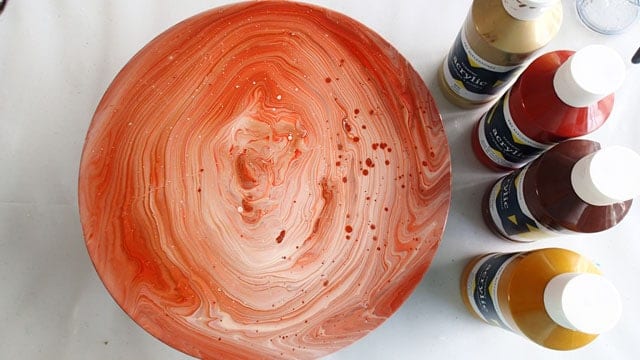
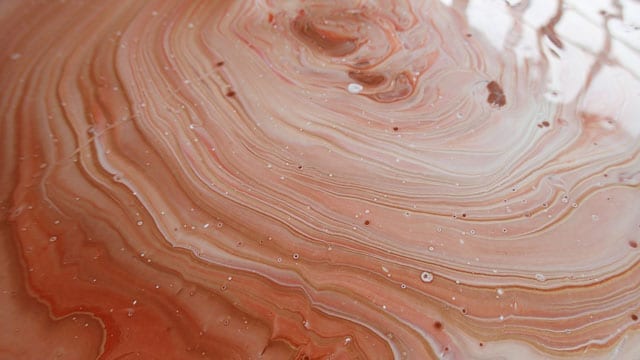
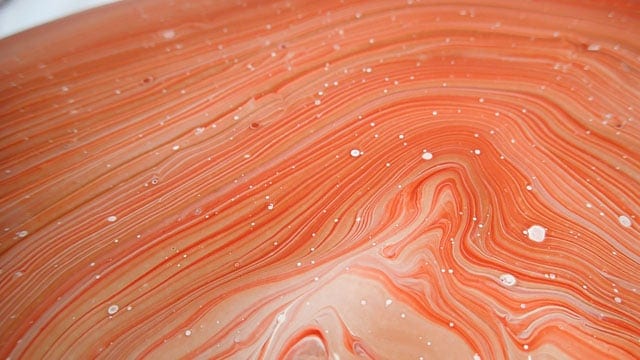
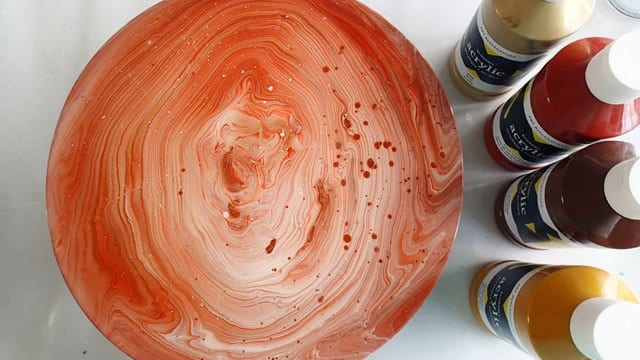
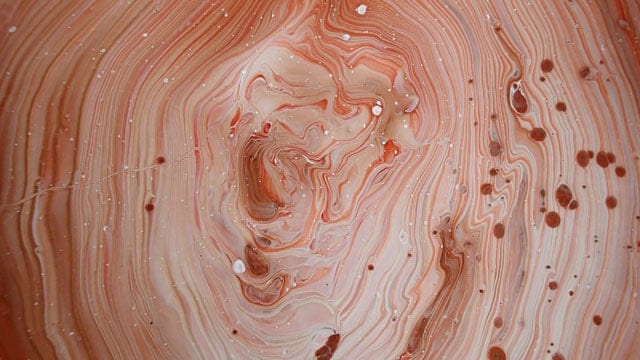
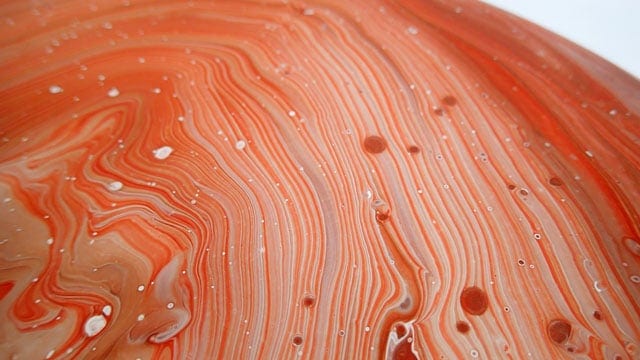
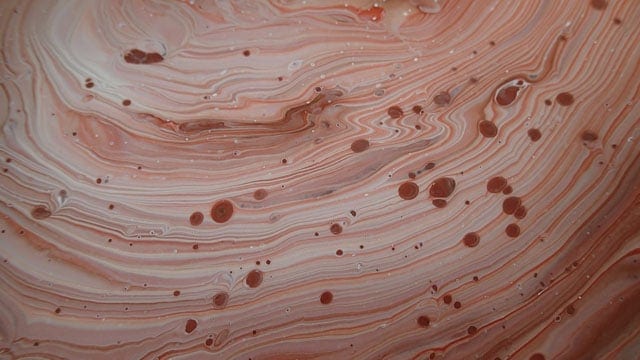
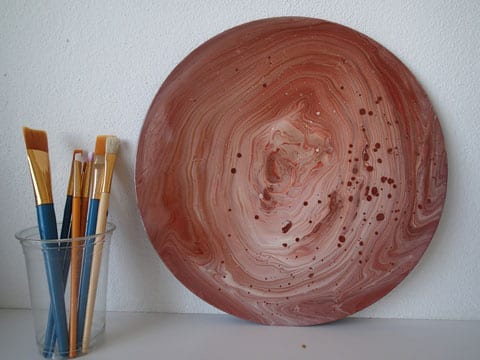
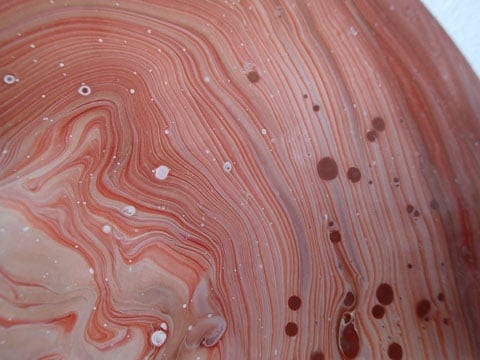
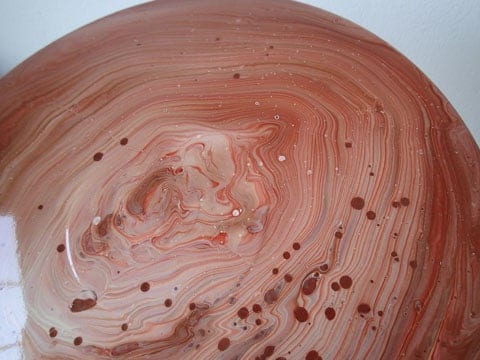
Looks terrific, Deby. I have never used a record. Is it hard to cover the hole in the middle?
Not hard, but make sure to use a good quality label. I use the Avery round glossy labels here (https://www.amazon.com/s?k=avery+glossy+white+round+labels&linkCode=sl2&linkId=2897ce4717a2243933bea19c6552b9a4&tag=artcrnm-20&ref=as_li_ss_tl), because if I am getting them wet with paint, I want to make sure they aren’t going to come unstuck. 100% success rate on them so far.
Deby, I’ve just purchased some vinyl records and am wondering something. Using the Avery labels to cover the hole….can you see it when the pain dries? Am so excited to try it out this weekend! K.
Yes you will see the outline of the original record label and the avery label too. Because of the way the records are manufactured and some parts are thicker than others, there isn’t much you can do to hide that design.